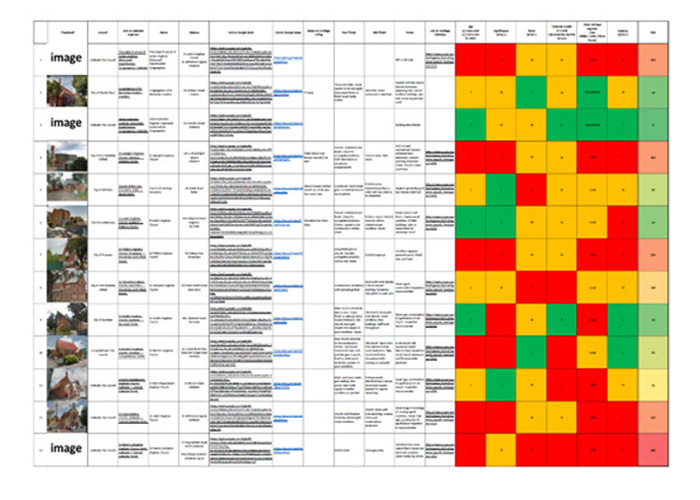The ‘Stitch in Time’ guidance notes have, up to now, addressed issues as they effect individual church properties.
Church organisations need to repair, maintain, develop and dispose of multiple properties to ensure that all those that remain have a sustainable future in serving mission.
Where large organisations have no clear picture of what buildings they own, let alone what condition they are in, that is when strategic asset management becomes invaluable.
Asset Management is a process well understood by those who work in the property sector and is used when managing individual buildings.
Less well known is Strategic Asset Management Planning (SAMP). This process ‘documents the relationship between organisational objectives and asset management objectives, defines “the framework required to achieve asset management objectives” and “should be used to develop asset management plans.”
**Note: this definition is taken from the International Standard, ISO 55001: 2014 Asset management – Management systems – Requirements.
Asset management and SAMP are tools that can be essential in helping church organisations to manage change going forward.
Strategic Asset Management Plans (SAMPs) have been used internationally for decades by large government and private organisations. If you google ‘council strategic asset management plans’ you will find a list of SAMPs compiled annually by councils all over Australia to monitor and manage their activities. Councils have adopted SAMPs because they allow for the regular management and auditing of all activities relating to assets, including properties, for which those councils are publicly accountable. It allows them, and everyone else, to understand what assets the councils need to acquire, maintain, repair, replace or dispose of, and how they should allocate budgets for doing so.
For church organisations the collection of data to compile SAMPs is only useful if it is the right data, used in the right way to achieve pre-determined goals agreed within those organisations. This requires up-front consultation, firstly in goal setting, then in determining the policies and strategies necessary to achieve those goals. Only then will the type of data required become clear. Once that specific information is collected the clever bit is processing that data into results that set clear strategic priorities and directions.
Arcuate has in-house expertise in both assessing properties and in compiling SAMPs. We have worked with the portfolio of properties owned by the Anglican Diocese of Adelaide to assemble a SAMP that clearly illustrates priorities from which management strategies canbe developed for those properties.
With the speed of changes in our society, Strategic Asset Management Planning offers an efficient, time-saving solution to the proactive management of property assets.
Please do not hesitate to contact Arcuate if you wish to discuss the strategic management of your church properties.

Above: Arcuate’s bespoke processes give an at-a-glance snap shot of property portfolios.




